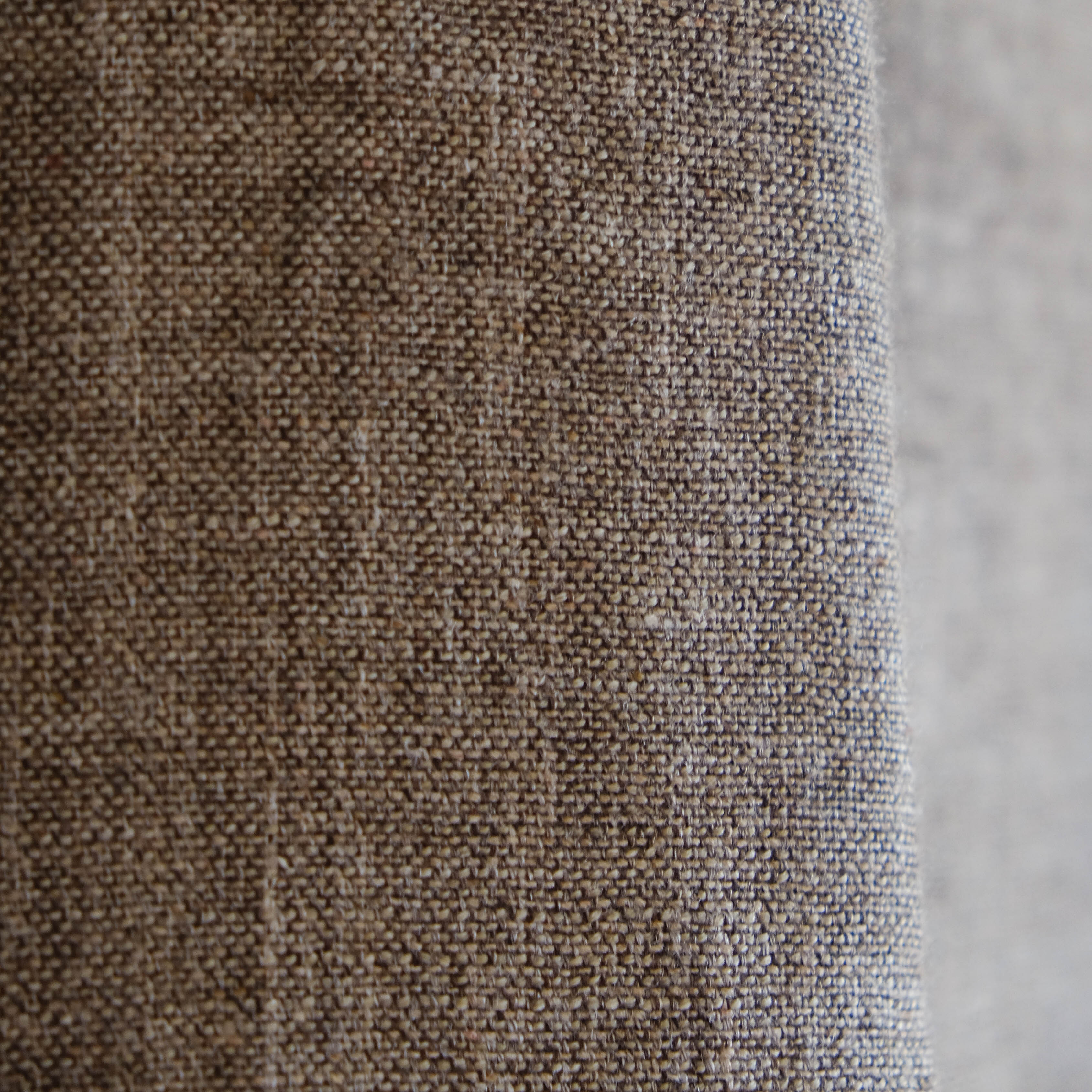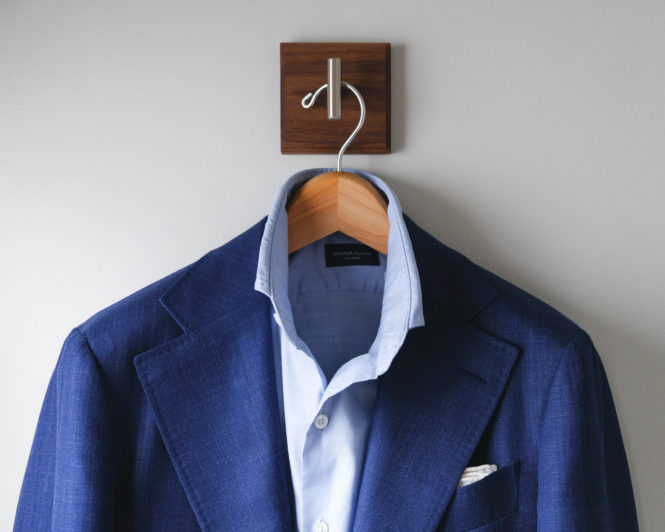Now that most of us are easing into the warmer months we’re beginning to once again hear quite a bit about classic spring/summer fabrics – in particular, popular plant fibers like cotton and linen. Since we’re now in the peak of wedding season prep (and many guys are on a hunt for tailored clothing that will keep them from sweating too much during all those outdoor ceremonies) it’s worth discussing how each of these fibers affects overall comfort, breathability, and appearance. In my opinion, there’s one fiber that performs better in hot weather than any other – wool. It may sound counter-intuitive, but hear me out.
Wool can be much thinner.
It’s not hard to find wool suit and sportcoat fabrics at under 9 oz per square yard, but the same can’t be said for cotton and linen. This is because cotton and linen fabrics of that fineness aren’t well “suited” (heh) for tailored clothing – they will wrinkle too easily and won’t have the necessary durability. Wool is a very strong material for its weight, and so it can be made much into much thinner fabrics. If you’ve ever felt a pure linen or cotton suit or sportcoat, you’ll know exactly what I’m talking about. These sorts of garments will feel relatively heavy and stiff when compared to wool, as the fiber requires them to be heftier.
Wool can come with a nice open weave.
Wool weaves like fresco and hopsack can wear quite cool due to their porous, open weave along with wool’s moisture-wicking abilities. Cotton sure can’t say that. Check out all those cool pictures of people holding thin, open-weave wool up to the light – can your linen blazer do that? Mine definitely can’t. With a lightweight, open-weave wool, you’ll be able to feel a nice breeze on your back (as long as your suit isn’t fully lined).
Wool doesn’t sacrifice formality for comfort.
Not only can the right wool weave keep you much cooler, it will also keep your warm-weather look from becoming too rumpled. There is a place for wrinkly linen suits or seersucker blazers, but sometimes you just want to look like a guy in a suit. High-twist wools like fresco look very similar to a standard worsted wools but wear much cooler. For example, Suitsupply’s stunningly lightweight suit looks like a classic navy suit but clocks in at a breezy 1.2 lbs.

Wool plays well with others.
Wool can be easily blended with other fibers like mohair, silk, and even linen. These blends can bring other qualities to the fabric without sacrificing comfort or formality. For example – wool/linen blends have a hint of that charming nubby look that linen-lovers go for, but it won’t turn into a wrinkly mess in the same way. In the same vein, silk is an incredibly strong material and can help make a fabric lighter wihtout being as hot as a pure silk fabric would be. My favorite summer fabrics combine wool, silk, and linen, which create a lightweight and textured garment that’s both breathable and wrinkle-resistant.
Another important factor to remember when trying to beat the heat is looking for partially-lined or unlined jackets. A large amount of heat retention comes from a jacket’s liner, regardless of the material. Keep cool by losing the liner, but remember that the outer fabric will have a significant effect as well.
Over the coming months the mercury will continue to rise, but we still have lots of occasions that demand a put-together appearance. Embrace wrinkles when the time is right, but don’t ride off wool as stuffy and sweaty – it’s much cooler than that.
Pictured above: Suitsupply Havana blazer in wool/silk/linen, Proper Cloth chambray shirt, Kent Wang linen pocket square, Dapper Woodworks wall hook
Note: this topic first appeared on my blog in 2013; I have rewritten it to provide more thorough information on the topic and provide more images.
